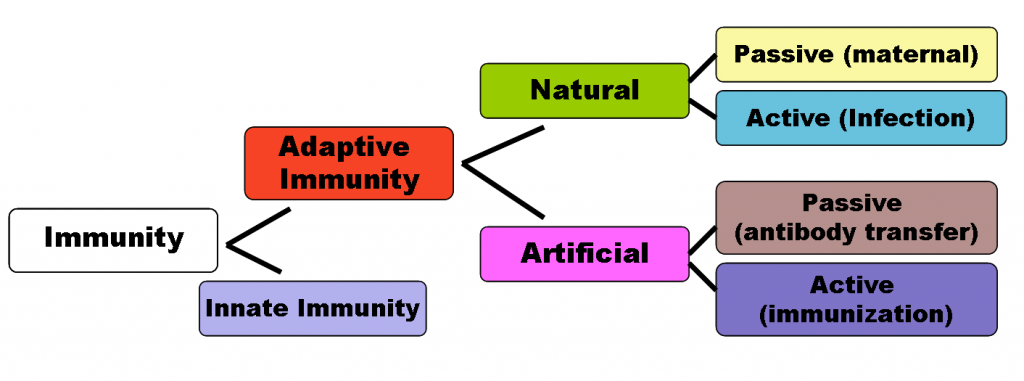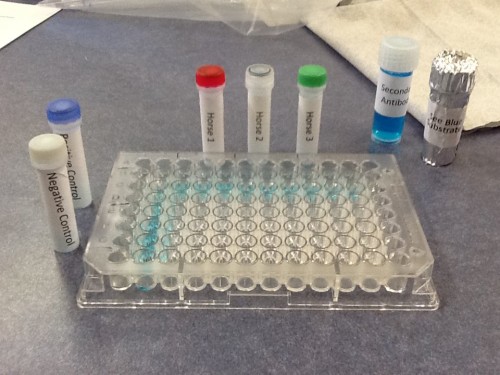First line of defence (innate immunity): This is like a moat and castle walls, preventing invasion by foreigners. There are physical and chemical barriers to infection.
- From the Science Learning Hub: The body’s first line of defence
- GSCE Bitesize: The first lines of defence
- Scientific American
- Immune System explained (YouTube, 6.48min)
- Your Immune System 1 – Crash Course Biology (YouTube, 15.01min)
Second line of defence (innate immunity): If the foreign materials breach the first line of defence, an infection forms. This is the inflammation (heated battle) where invaders are being killed indiscriminately.
- From the Science Learning Hub: The body’s second line of defence
- Immune System – Natural Killer Cells (YouTube, 3.01min)
- Your Immune System 2 – Crash Course Biology (YouTube, 9.43min)
Third line of defence (active immunmity) : The last line of defence is the active, specific response by trained killer cells (ninjas!) that recognise their targets and actively seek them out and destroy them. They may be proteins or pathogens that have taken over the reproductive capacity of the cell (prions and viruses, for example), so the infected cell must be destroyed.
- Measles explained (YouTube, 5.43min)
- Immunology overview (YouTube, 9.53min)
- Bozeman Science – The Immune System (YouTube, 13.46min)
- Your Immune System 3 – Crash Course Biology (YouTube, 9.36min)
- The Immune System from WEHI (YouTube, 4.41min)
- Whooping cough from GTAC (YouTube, 4.45min)
- Tetanus from GTAC (YouTube, 7.04min)






